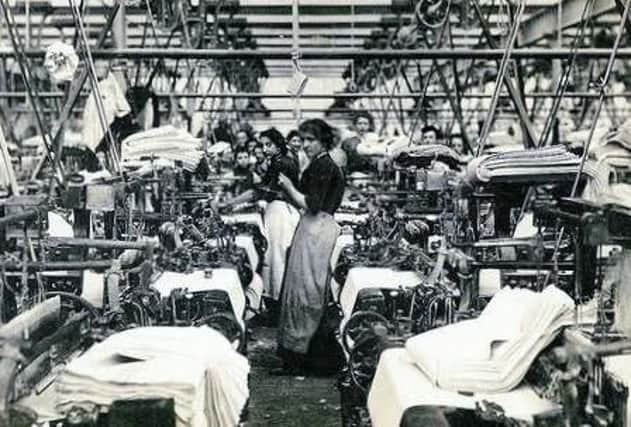Arsenic poisoning tragedy leads to wife's death


Back in 1849 when North Road began in Church Street and stretched northwards only as far Park Lane there was a local barber George Faire with premises there.
At a time of pestilence and disease in the vicinity of the town centre, to supplement his income, he produced what he called ‘fly water’ - a mixture of drinking water and arsenic that he sold to local traders. A dish of this mixture proving successful in attracting flies and bugs, leading to their demise.
Advertisement
Hide AdAdvertisement
Hide AdOn the first Wednesday of July 1849, whilst his wife Elizabeth was at work at Messrs. Catterall’s cotton mill off New Hall Lane, he purchased an ounce of arsenic and using boiling water mixed a jug full of the fly water, which he placed on a high shelf out of the reach of their child and harms way.
That evening Elizabeth, aged 31, returned from work in an agitated state after being told off by an overlooker. With her husband in the shop shaving a customer, she poured herself a glass of water from the jug and within minutes was complaining of stomach pains. When the barber realised what had occurred he ran across to Blackhurst’s chemists hoping to obtain a mixture to make her vomit.
Mr. Blackhurst was soon in attendance having prepared a mixture to induce vomiting. The medicine seemed to be working and she vomited a number of times over the next three hours. However, after going to bed the stomach pains returned and surgeon Thomas Monk was called out, but when he arrived she was slipping towards death.
The surgeon could do nothing to revive her and within the hour she died. On the Friday an inquest was held at the Town Hall before coroner Richard Palmer Esq.
Advertisement
Hide AdAdvertisement
Hide AdGeorge Faire told the gathering that his wife had been feeling unwell and having been spoken to rather harshly by the overlooker was in an agitated state. She had not been thinking straight and had poured the water out for both herself and their child. Fortunately, the child had only taken a sip of the deadly liquid before she realised the mistake, the child being only mildly affected was recovering well. Mr. Blackhurst, the chemist, deposed to administrating to the deceased a powerful emetic, assisted by meal and water.
Surgeon Thomas Monk told the jury that the course of action taken by the chemist had been the correct one, and that he considered death was caused due to the arsenic acting as a sedative upon the nervous system, producing a prostration of strength and an inability to rally. By directions of the coroner he had made a post mortem examination of the body, all the organs of which were particularly healthy.
The coroner then made a few observations and intimated that no blame could be fairly traced to any party. The jury then retired for a few minutes before returning with a verdict of accidental death.